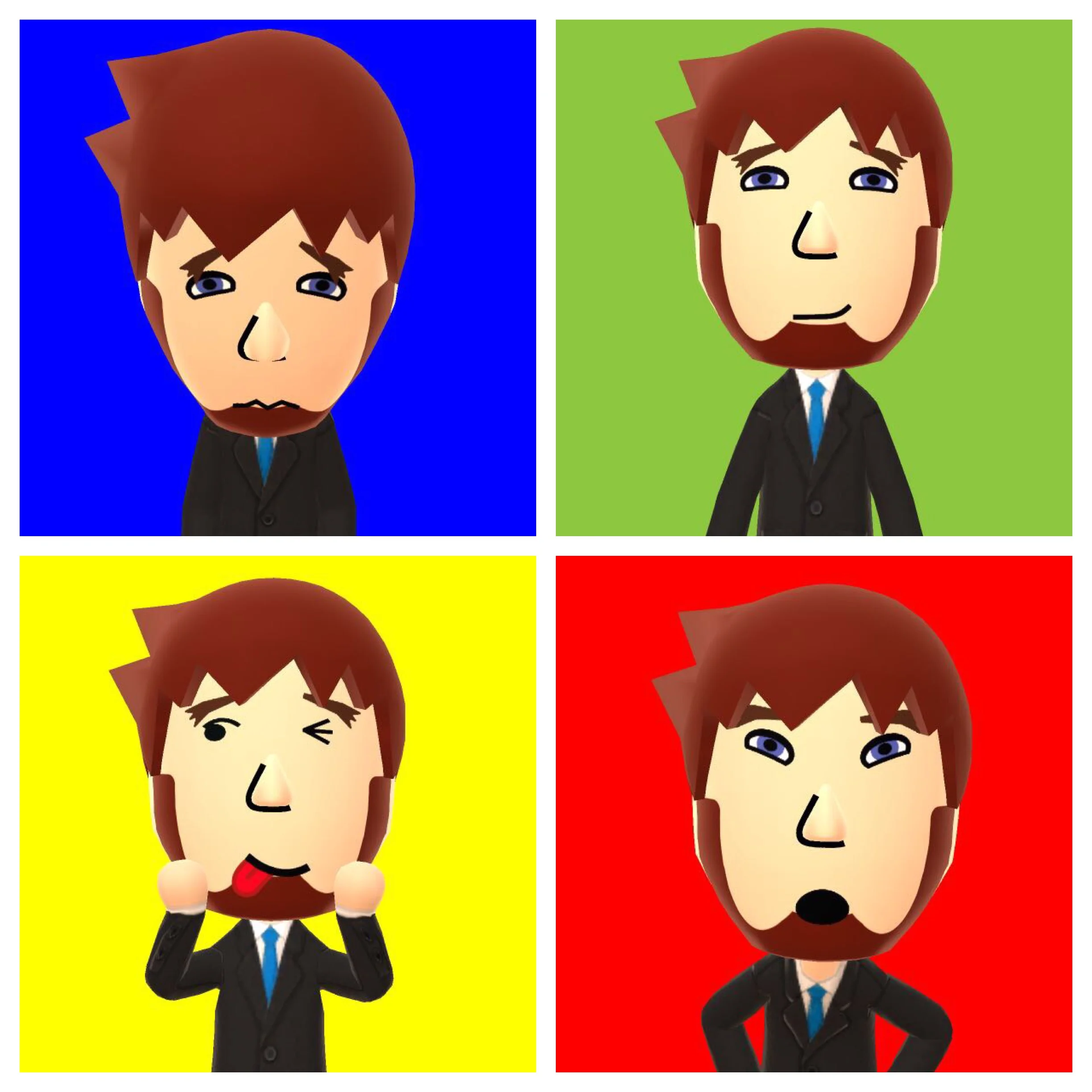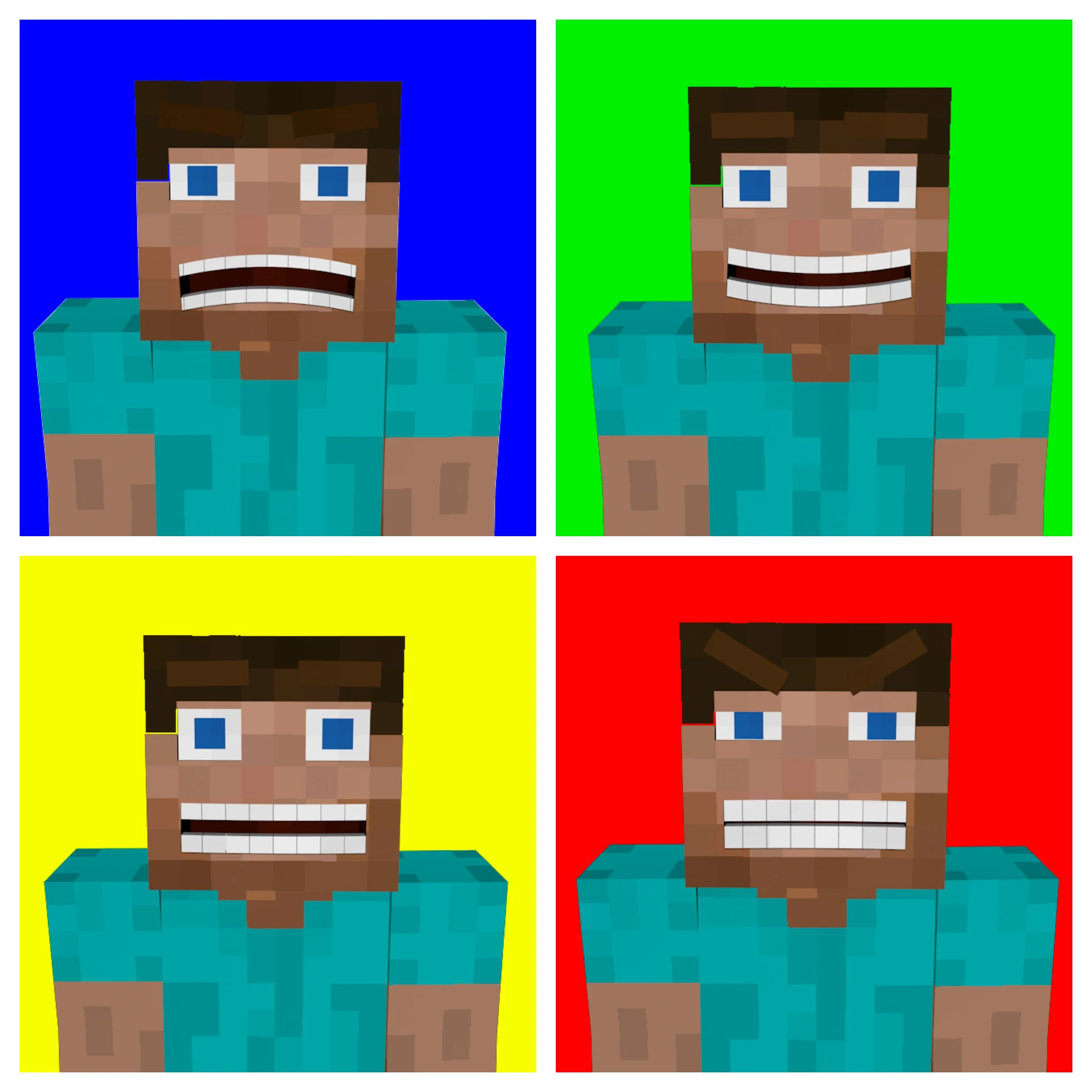The following is an edited extract from 'Kindness Savant Will Pixelate', a tone essay on autism pedagogy I have published this week as a free download from the iBooks Store and from this website.
To my mind, the first responsibility of every educator in a classroom is to get to know each individual child in their care as well as possible. We need to understand each child for the benefit of reasoning what their strengths and their needs are so as to properly understand the role that we are going to have in supporting this child’s education for the time they are with us. There can be an inverse assumption here at times, that it is rather our primary role to help children learn academic subject matter, but it seems this is upside down: we can consider ourselves to truly be educators in so much as we are professionals specialised in learning about the individual children in our classrooms. Connecting the dots of content and learning how to think are wonderful consequences for children but these must take place after the main event, after we teach ourselves about who they are and all the complicating factors that impact upon them in composition of their daily realities. It is only when we know who our children are that we can begin to teach them.
We use a number of different strategies in our school to help facilitate this process of becoming educated on who our children are. We use One Page Profiles to provide a person-centred insight into what makes our students happy, how they see themselves in relation to others so as to establish a sense and value of self, and how our students reflect that they can be best supported across the school environment. We also use creative ways of putting ourselves in our students shoes, spending time shadowing a student across a school day in order to phenomenologically engage with the lived experience of being in our school. And, an initiative that we're particularly proud of in our school, we utilise Green Walls.
The Green Wall is an idea derived from the point at which the Zones of Regulation program and Positive Behaviour Support strategies meet. With reference to the Zones of Regulation, an emotional regulation program developed by Leah Kuypers that uses four coloured zones to represent four different emotional states, the Green Zone represents the emotional state in which you are most settled, happy and proximally positioned to learn. In Positive Behaviour Support, stages of behavioural challenge and response are represented sometimes as a pyramid with a large Green section down the bottom, representing the sort of strategies and practices you utilise to provide consistent support in order to proactively manage all behaviours. The Green section of the Positive Behaviour Support pyramid aligns perfectly with the Green Zone in the Zones of Regulation, in that they both represent a state in which strategies are employed to maintain the most desired state of emotional and behavioural ease in the classroom. To this end, we have established what we term the Green Wall, a physical space on a wall in the classroom that is coloured green with material such as felt or paper, or for the adventurous it can take form as a Lego Green Wall, in which we can present a shared extrapolation of our student One Page Profiles, of the sort of regulatory strategies our classes use to work in the Green Zone, and the sort of positive behaviour support strategies that proactively support optimal engagement and quality of life at school. The Green Wall is both generalised as a collection of whole class strategies and statements, and it is also individualised to include each student’s One Page Profile needs so a to establish a sense of what the group needs as well as a sustained dialogue between individual students.
Click the image above for Lightbox view
In a Lego Green Wall version of this strategy, as shown in the image above, strategies are built by students as part of class sessions, to represent strategies they can refer to for regulation. Students can either literal, create concrete representations of regulatory strategies, such as using a Lego water cup to represent the need to get a drink of water, or can work towards more abstract, analogous representations such as using a Lego broom to represent sweeping away negative thoughts. This connects with a cognitive behavioural therapy framework we're developing at the Aspect Hunter School, titled Lego Constructive Thinking.
We are always on the look out for new innovations to add to our Green Walls. Two new ways we've been representing the Zones of Regulation and connecting them to our Green Wall philosophy is through the use of two pieces of software, one a desktop computer program called Cinema 4D and the other a new mobile app from Nintendo called Miitomo.
The image on the above left was created in Miitomo. Nintendo have created Miitomo as a social app that allows you to create a personalised character, dress them up and give them different emotional expressions and poses. The app allows you to interact with friends if you so choose, but for our purposes we are using it as way for students to generate representations of themselves as they appear in the different regulation zones. Similarly, using Cinema 4D, a three dimensional graphic modelling software, we are able to import Minecraft models of characters are personalise their expressions so as to represent how the character might be feeling in different zones. The finishes results can be shared on the classroom Green Wall to showcase and remind of the way we might look and feel when we are in some of our different emotional zones, providing a greater sense of self awareness and understanding to our students.
If you are using similar strategies in you classroom, leave a message and a link below, we'd love to see the amazing work that you're doing.


